The world, psychology, sports, and even the medical culture are waking up to the science and benefits of deep breathing techniques. Before scientific studies on breathing1 were readily available to back up the benefits that have been reported by Eastern traditions, it seemed too easy or too-good-to-be-true that altering our breathing patterns could improve medical conditions like asthma2, help with runaway thinking, anxiety3, or even improve performance4. Not only is science weighing in from all directions, not only do very different spiritual traditions find common ground when it comes to deep breathing techniques, but it remains relatively easy to do and free.
As a whole, deep breathing techniques are patterns of inhaling, exhaling, and holding the breath for a predetermined length of time and specific number of repetitions. Deep breathing patterns are organized based on the desired goal such as calming the nervous system, reducing anxiety, or improving athletic performance.
I have seen students and practitioners benefit wildly from using deep breathing techniques but I have also seen many people fail and abandon the process. From what I can see, those that were unsuccessful did not adopt the right deep breathing exercises because they didn’t experience the benefits. Or, they didn’t buy-in to the process because they weren’t aware of the science that backs everything up.
Let’s start by sharing some of the most common and proven deep breathing techniques and then share some really fascinating modern science. We will end by discussing how to incorporate your deep breathing techniques into your tai chi.
Deep Breathing Techniques Throughout History
Enhancing health by manipulating the breath has been practiced for thousands of years by Eastern cultures. Yoga6 is probably the most developed tradition when it comes to deep breathing. Pranayama is a well-known practice of using a controlled deep breath that has developed various forms such as nostril breathing (double, single or alternate), abdominal breathing, forceful breathing and vocalized (chanting) breathing. These techniques are age-old and have only become of interest to the west since the last century.
So, with history, science and tradition at our side, it is no longer a question of if we benefit from deep breathing techniques but moreover, how we do it effectively.
6 Breaths for Every One Minute?
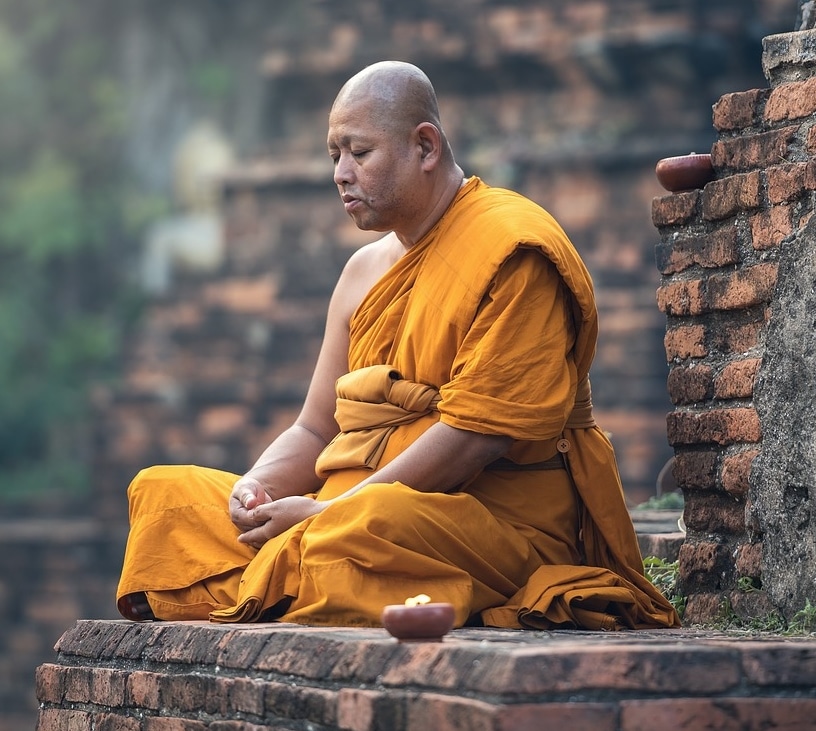
There exists some really intriguing correlations between different studies of deep breathing techniques.
- The Buteyko Method is a system of breathing techniques developed by the Russian medical community to successfully treat respiratory and circulatory diseases including asthma.
- Zen Buddhist monks enter deep meditation, called zazen and breathe at six breaths per minute.
- An Italian cardiologist Luciano Bernardi discovered that traditional chanting of the Latin Hail Mary occurs at six breaths per minute.
- In the Framingham Heart Study5, residents of Framingham, Massachusetts have been studied for heart related health for over 60 years. Their data on breathing matches other suggestions from Daoists and Yoga practitioners that an ideal breath rate for a human around 6 counts in and 6 counts out, or 5 breaths per minute.
I think the take home message for the length of breath is that in each study or religious practice, a relatively easy goal is established (not stressful breathing) which gets results at a rate that is slower than breathing patterns that are common for stressed or unhealthy individuals.
Be Careful of the Data
Be aware that westerners are always looking for shortcuts and this misses the point. Check out this quote:
“We wanted to identify a short program that could be quickly given to people, that they would have immediate relief within five or ten minutes, and that over time would produce long-term changes.”
P. Gerbarg M.D.
I will speak for Americans here, but join me if you are a Westerner and your people have the same tendency. Westerners (Americans!) have the tendency of taking significant research studies to the extreme. A la:
Finding: Carbohydrates are contributing to the obesity epidemic.
American Interpretation: “Let’s permanently go on a 5 carb/day diet originally designed to stop epileptic seizures.”
Finding: Japanese researcher Tabata showed huge improvements in oxygen uptake by the blood in a study of cycling/running in 20-seconds-on / 10-seconds-off cycles for 4 total minutes (a.k.a. Tabatas).
American Interpretation: “Let’s do injury prone activities like jump squats, kettle bells, and stand on unbalanced bozu balls when we are fatigued in 20-seconds-on / 10-seconds-off segments for a half hour.
Hopefully you get my point. I love my people but they love themselves a quick fix. You, however. You, dear tai chi practitioner, are in it for the long game. You, don’t fall pray to shiny new activities and abandon them when they didn’t immediately change your world. Why? Because you are attuned to the pleasant changes that occur inside of your body and mind. You know that by changing your state, you have power over your reaction and any situation. You are not trying to numb yourself or avoid anything.
That being said, these breathing techniques ARE really quick. You will feel better almost instantly. Woohoo!
4 Powerful, Scientifically Backed, Deep Breathing Techniques
1. Counting Your Breaths
Counting your breaths is a deceptively simple Zen Buddhist practice.
- Sit quietly with your eyes closed and the crown of your head extending upwards
- Breathe deeply and naturally, counting as you exhale
- When you get to five, start at one again
- Concentrate on the numbers
If your mind is racing, acknowledge the thought, let it pass, don’t beat yourself up about it, and just turn your attention back to the counting. You may have difficulty counting to five without your mind wandering when you are new to this practice. That’s the purpose! Work to get to five and start over if you can’t. An inability to effectively count your breaths is just letting you know how unfocused your mind is. Think of it as taking a practice exam to figure out where you are at before starting deep breathing exercises.
2. The 4-7-8 (or Relaxing Breath) Deep Breathing Exercise
The 4-7-8 deep breathing pattern was developed by Dr. Andrew Weil. It is extremely popular and a lot of people have shared that they benefit greatly from it. I originally wasn’t going to include it because I couldn’t find any data about it. However, I found a genuinely open explanation from Dr. Weil that he based it on Pranayama breathing which has a huge history behind it.
- Sit or lay down
- Place your tongue against the roof of the mouth.
- Exhale completely through your mouth, making a whoosh sound.
- Close your mouth and take a deep breath by inhaling quietly through your nose to a mental count of four.
- Hold your breath for a count of seven.
- Exhale completely through your mouth, for a count of eight.
Repeat three times for a total of four breaths.
3. Bellows Breath
The Bellow Breath is adapted from qi gong and yoga breathing. It is great for when your energy is low like in the afternoon.Close your mouth but stay relaxed
Inhale and exhale rapidly through your nose
Your breaths in and out should be short and equal in duration
Shoot for 3 in and out cycle per second. It is noisy and requires quick movements of the diaphragm, hence the name “bellows” Shoot for 20 seconds on your first try. You can work up to 1 minute but there don’t get any greater benefit from going to far past that.
4. Nose Breathing
Nose breathing is a deep breathing exercise that gives us tactile and auditory feedback because we can hear and feel air as it slowly passes through our naris if we concentrate on it. If you really concentrate we can detect a temperature change of the air. This is a powerful technique if your mind is racing because it gives you something else to think about.
- Sit and relax
- Breathe deeply in and out of the nose with the mouth closed
- Pay really close attention to the feeling and sound of air as it passes the opening of your nose.
- Do this for 10 breaths
These deep breathing techniques are invariably powerful, proven, and timeless. They give us immediate access to the processes of our body that are normally automatic (autonomic). They also give us the ability to interrupt negative emotions, thoughts, patterns, and low energy. All for the low price of…well, nothing.
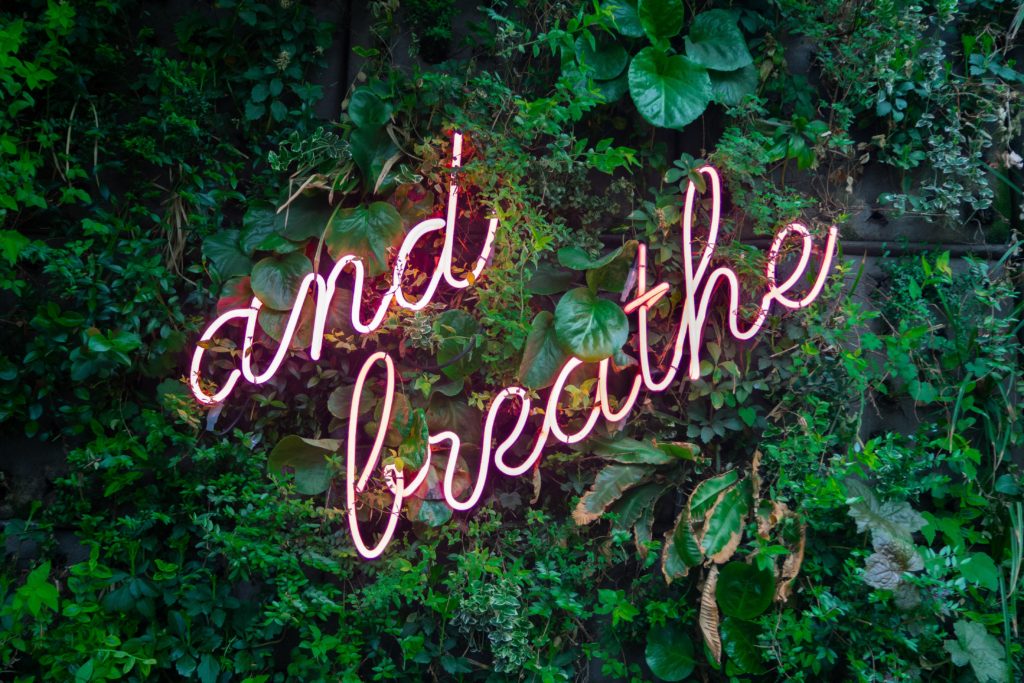
Science Related to Deep Breathing Benefits
Deep breathing is so important to our wellbeing that religions, internal practices, and all sports rely on the work of the breath either directly or indirectly. For many of us, this is enough for us to understand and accept the importance of breathwork. For the nay-sayers among us, or let’s say those that require more proof (e.g. me), there is hard science backed by physiological measurements on the positive effects of deep breathing on the body.
How deep breathing lowers blood pressure and pulse rate
We have known that deep breathing techniques positively affect our mood, calmness, and overall well-being based on numerous studies of practitioners vs. non-practitioners (qualitative). But what is physiologically taking place (quantitative)? A Japanese group of researchers set out to prove or disprove an actual correlation between deep breathing (DB) and one of the greatest markers of health: blood pressure (BP).
21,563 members of a Japanese medical association were recruited randomly and divided into two groups:
Group A: BP measured before and after taking 6 DB over a period of 30 seconds
Group B: BP was measured before and after a 30-second rest in a sitting position without DBs
Before testing, all participants rested for 10 minutes in the waiting room and then 2 minutes in a doctor’s office.
The Results?
In both groups, systolic blood pressure (SBP), diastolic blood pressure (DBP) and pulse rate (PR) were reduced. However, significant improvements occurred with the DB + 30-second rest group when compared with the baseline measurements. And, the higher the initial reading, the greater the reduction. So, this means that people that are worse off have the most to gain. The take home message is that we can dramatically and immediately affect our physiological state simply by manipulating the breath.7,8
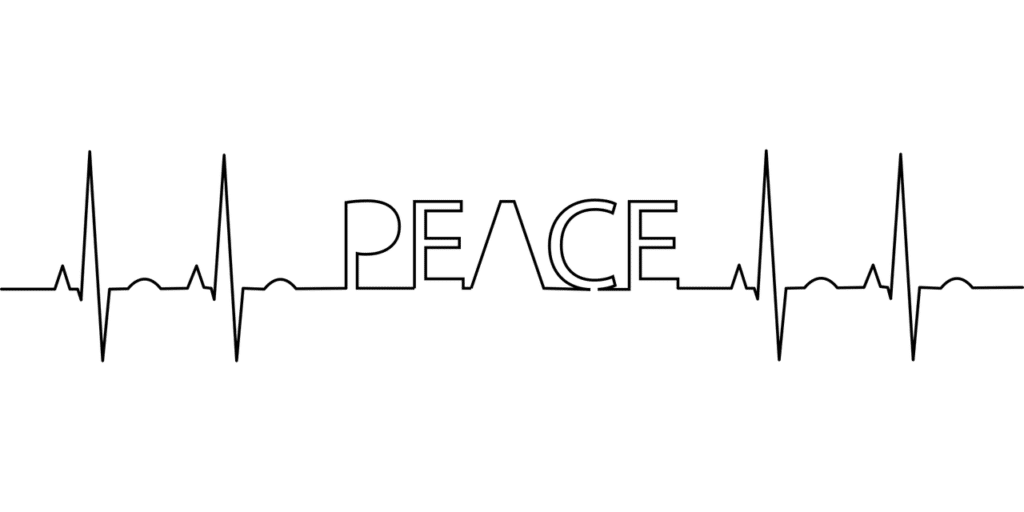
How do deep breathing exercises improve our health?
Okay, so there is a measurable change to our pulse and blood pressure from deep breathing. Are you with me so far? Sounds nice, but what is actually going on in the body when we take a deep breath?
If your body is a car going down the highway, the breath is the driver.
Your body takes cues from your rate of breath to decide whether you should be stressed or relaxed. Try it! Take 20-30 quick shallow breaths and your muscles will become constricted and you may start to sweat. Your eyes will dart around trying to focus in on minute details. Take a deep breath and you can shut this off. This is possible because the vagus nerve connects the body and the brain and is capable of sending messages up to the brain to influence responses of stress and emotion.
Don’t read on. Think about this for a second. The body is sending messages north. The brain is not (only) sending messages to the body telling it how to react. The body is acting, the brain is reacting. Hopefully I conveyed how profound this is. Before I learned this. I thought it was a one-way street where the brain and head saw/smelled/heard/thought and then my body reacted with stress. This isn’t the case.
The vagus nerve located in our brain is in charge of our parasympathetic nervous system — it decreases our heart rate and blood pressure by deactivating the human’s “fight or flight” stressors, including anxiety. See the connection?
Initial studies of the effects of deep breathing techniques on the body focused on the idea that deep breathing provided more oxygen to the brain. The funny truth is that some breathing techniques actually reduce the amount of oxygen going to the brain because slow breathing provides less volume! Deep breathing in actuality has the power to balance the sympathetic (“fight or flight”) with the parasympathetic (“rest and digest”) branches of the nervous system.
So, taking a deep breath is how we can actively take control of autonomic systems and set them in the right direction rather than being the victims of circumstance. Now we just need to talk about the best way to do this during and outside the tai chi form.

How Tai Chi Gives You the Benefits of Deep Breathing
Deep breathing techniques are not native to tai chi but have their roots in eastern culture and the many world religions. They provide an easy way for us to experience the many proven health benefits and good feelings that we develop from doing the tai chi form and extend them out to the rest of our life. As much as we would like to do the tai chi form in the middle of the office while your boss is yelling, it isn’t always practical. Deep breathing techniques allow us to take a small portion of the benefits that we get from the tai chi form and experience it in sips, especially if we really need it.
The Western world is waking up to the power and benefits of deep breathing. I always wonder when things appear to hit the mainstream if they are:
- In a cycle and have reemerged with the newest generation
- The result of people becoming disenchanted with the results that medicines, books, and gurus promise related to reducing our anxiety, exhaustion, and depression
- An honest cultural shift where we are valuing and becoming more aware of the power of Eastern traditions and culture
The great news is that the more people become accepting of the benefits of deep breathing and practices like breathwork, the better off people are, so the better off we all are.
I feel the need to write on the benefits of deep breathing for four reasons:
1. To correct the misperception of the “quick fix”
Deep breathing exercises are quick, but it is not a quick fix. Yes, you can improve how you feel in about 60 seconds while sitting in your cubicle. But what Yoga, Tai Chi, and most religions are teaching is something so easy and profound that it gives me chills just thinking about it. We are talking about a way to change your physical and mental response to stressful situations. It is easy and possible but requires some continual practice to instill the habit of taking a deep breath and also to improve the process.
Google “Deep Breathing.” I dare you. You will get suggestions anywhere from 1-10 breaths across 10-180 seconds, with or without holding your breath in between. You will be instructed to do this in you cubical, in the line at the grocery store, and on the crapper. You will find citations to scientific studies. Every suggestion works. Every scientific study is correct. I am not joking. They are all telling the truth.

2. If we see this as a fad, we will abandon it
The benefits of deep breathing is not a new topic – It’s centuries old. Therefore, new science is not discovering, it is supporting older knowledge. When we understand the centuries and varieties of traditions that do this work it is easier to accept the transformation claims that are made around breathwork.
3. To share the benefits of deep breathing
Yes there is a long history of deep breathing, but never undertake a practice on faith alone. Thankfully there is modern science supporting specific benefits of deep breathing.
4. To address how to breathe during Tai Chi
How we breathe during tai chi is a common question. So, we also need to talk about breathing to improve our form. But! Your tai chi practice should have a positive impact on your life outside of class and breathing is one of the best ways to bring that great feeling from the form into your life.
Breathwork is ungodly powerful. If you are in a place in life where you are suffering from anxiety, stress, or high blood pressure, breathwork will provide immediate relief. What yoga, tai chi, and most religions are teaching is something so easy and profound that it gives me chills just thinking about it. They are teaching not just the ability to improve how you are feeling when things go wrong, but how to never feel that way in the first place.
Breathwork is the ability to take over your autonomic system to change your body’s response to a situation. We “practice” this when it is not needed through (martial) form work, (yoga) postures, or prayer. Your choice.
Let me give examples from three different disciplines so that we can all relate.
The Benefits of Deep Breathing from Tai Chi Standing
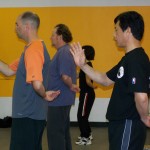
Pole Standing or Zhan Zhuang is an exercise where you take a deep stance which immediately begins to cause stress pain in your legs and back. You begin sweating, you shake, fight-or-flight kicks in, and you mentally fatigue and want to stop. This goes on for three minutes and the whole time you work to breathe deeply, concentrating only on your breath.
I was training heavily in Pole Standing and one day at work I had a shocking experience. I was in a meeting and things were going badly. We uncovered some mistakes. The client was right in front of us and mad. I freaked out, started backpedaling, sweating, talking fast and loud, and then… and then…nothing. My belly expanded – 1 – 2- 3 – 4. My belly relaxed and air left my mouth slowly 1 – 2 -3 – 4 . My body and mind interpreted my reaction during the meeting as though I were practicing Pole Standing and it kicked in the calming response I had been practicing.
We practice when we don’t need it so that it is our “natural reaction” when we do.
The Benefits of Deep Breathing from Yoga
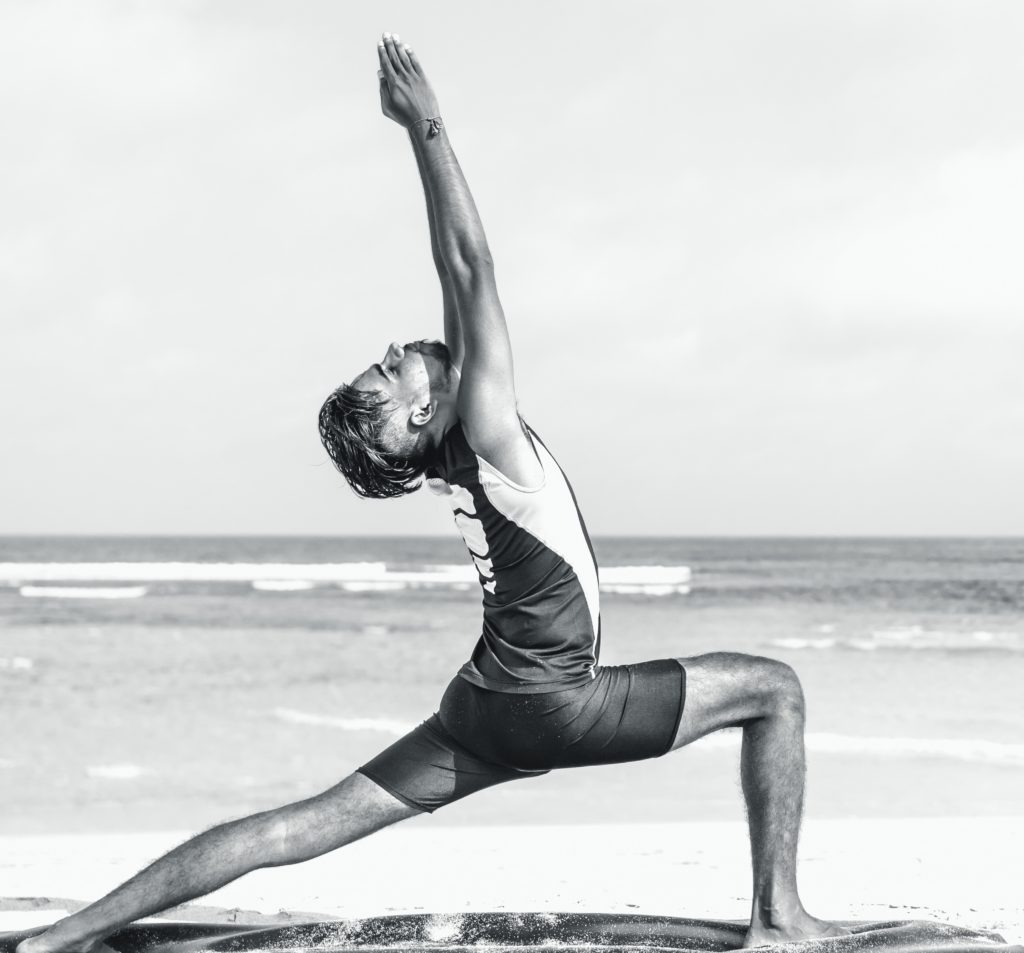
Yoga deserves huge credit for its centuries of work on postures. If someone walked into a room and they were furious, how would they be holding their body? If they were sad? Exhausted? We unconsciously adopt postures that are influenced by our mood and emotions. These postures are almost uniformly accompanied by shallow breathing and constriction.
Yoga constricts you into postures for several seconds or even minutes and has you 1) breathe through it and then 2) open up. How does a Yoga practitioner react to stress? They are training their body to breathe through it and then unwind in the opposite direction.
Again, we practice when we don’t need it so that it is our “natural reaction” when we do.
The Benefits of Deep Breathing from Prayer

All religions have prayer. What’s going on here? Image studies of the brain have shown that the brain’s response or reaction to experiencing an event is nearly identical to just imagining the event. That is to say, that if you were in a car wreck and then thought about it later, your brain scans would look similar.
In prayer, people contemplate loved ones who are in need or ask for help through a troubling situation. These thoughts and images occur while a person is in a quiet place. They are accompanied by calmness, breathing, mantras, or even song. We are connecting the worry to a relaxation of the parasympathetic system. This way, when “bad things happen” we experience solace driven by faith and practice. You all know a person who “is a rock” when things go wrong.
Even in prayer, we practice when we don’t need it so that it is our “natural reaction” when we do.
If you are in the midst of a stressful situation, know that controlled breathing patterns can trigger your body to begin to calm down and switch your system from creating tension, stress, and a cortisol response to relaxing.
This is good and good to know.
If you are training in an internal art (tai chi, qi gong, yoga, etc.) you are giving your body physiological practice to respond with a relaxation response as soon as you experience the stressor(s).
This is better and truly amazing.
References:
- Effect of short-term practice of breathing exercises on autonomic functions in normal human volunteers
- Effectiveness of Controlled Breathing Techniques on Anxiety and Depression
- The Relationship between Relaxation Techniques and Sport Performance
- Framingham Heart Study
- Yoga Sutras
- Mori, Hisao, et al. “Current status of antihypertensive prescription and associated blood pressure control in Japan.” Hypertension research 29.3 (2006): 143.
- Mori, Hisao, et al. “How does deep breathing affect office blood pressure and pulse rate?.” Hypertension research 28.6 (2005): 499.
Read more! Tai Chi Breathing: 9 Guidelines to Improve Your Practice


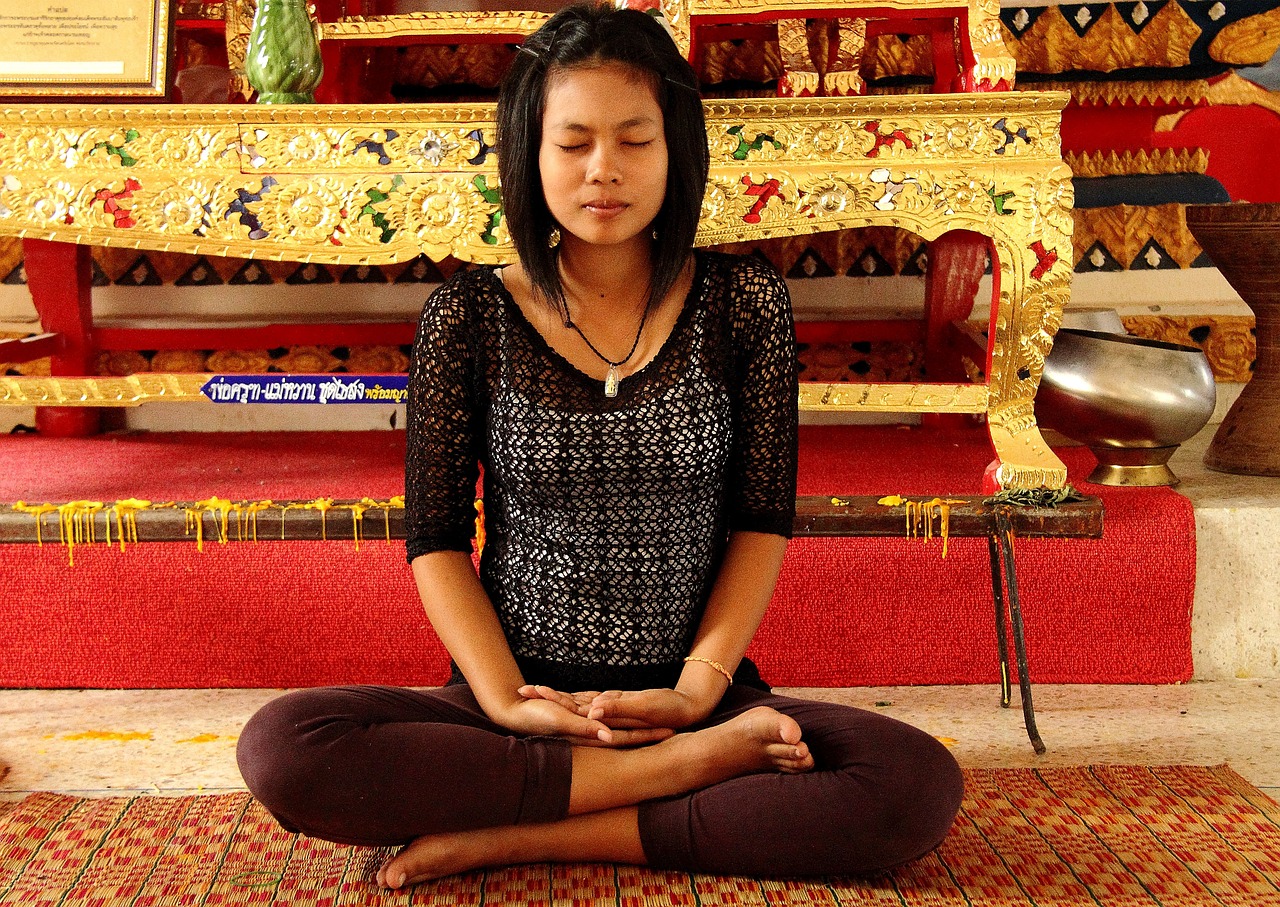
Thank you for this essay – great stuff. I especially like your acceptance that many different approaches can be beneficial.
It seems to me that breathing is a particularly powerful tool for modifying our subconscious reponses, because it is an area where the mind-body’s automatic systems and conscious control intersect. Most of the time, we breathe on automatic, but we can choose to control it, when we wish to. So breath-work gives us access to the interface between conscious and sub-conscious systems.
So breathing is often used as a gateway into Flow, hypnotic trance, meditation, the high-performance Zone, etc, to add some further examples to those you’ve already mentioned.
I look forward to the continuing series of your articles. Thank you again!